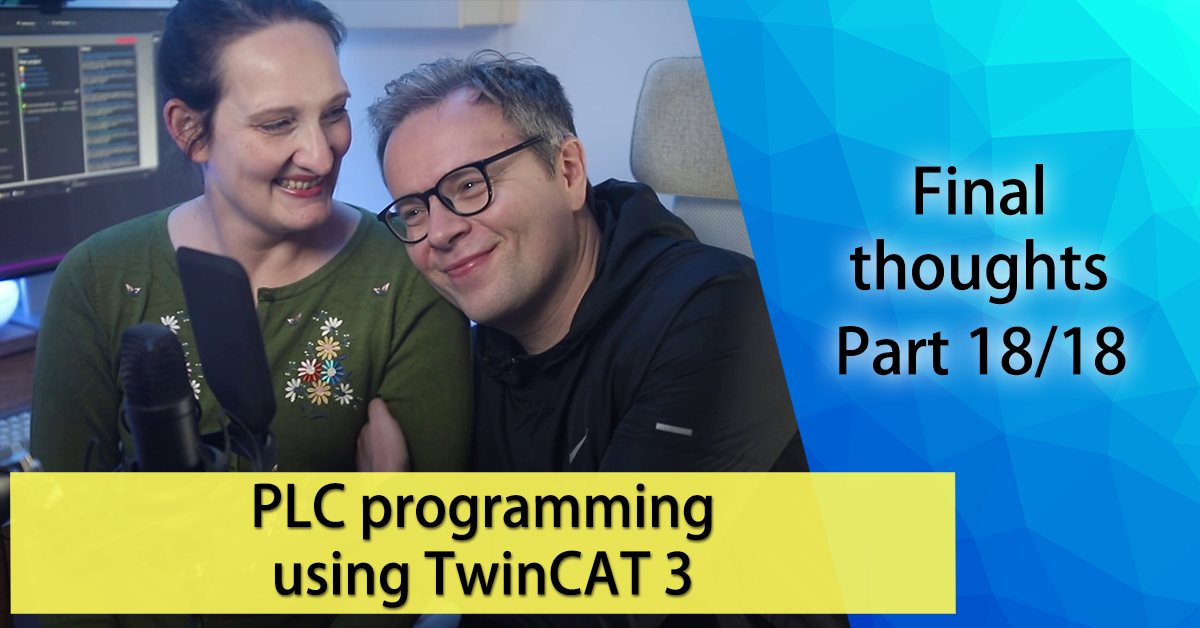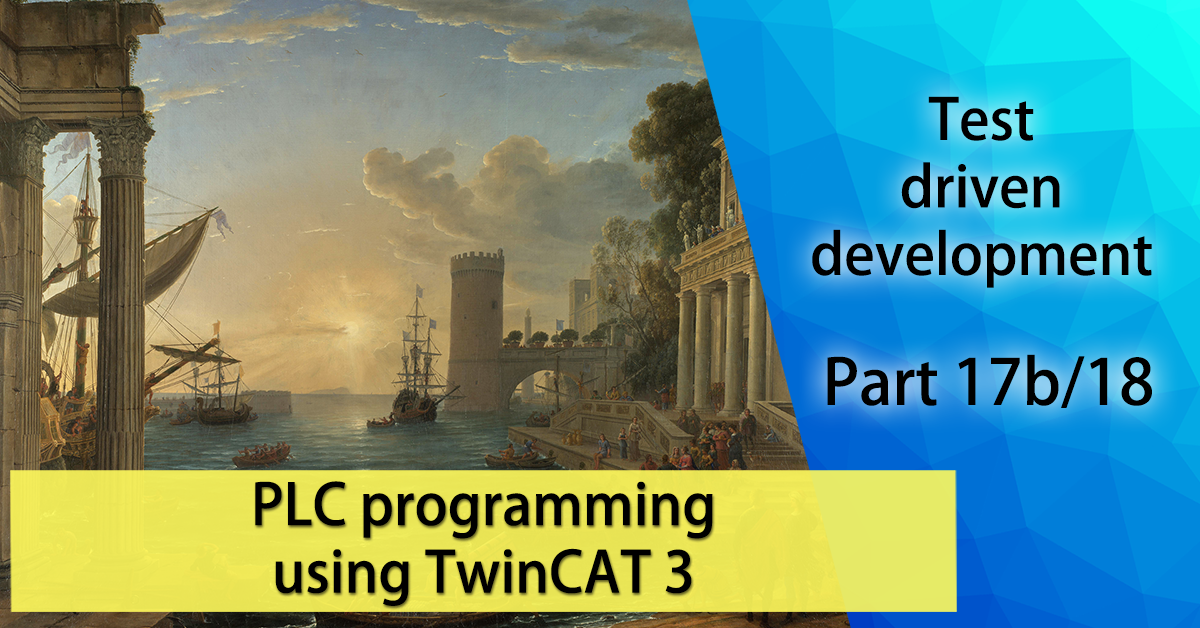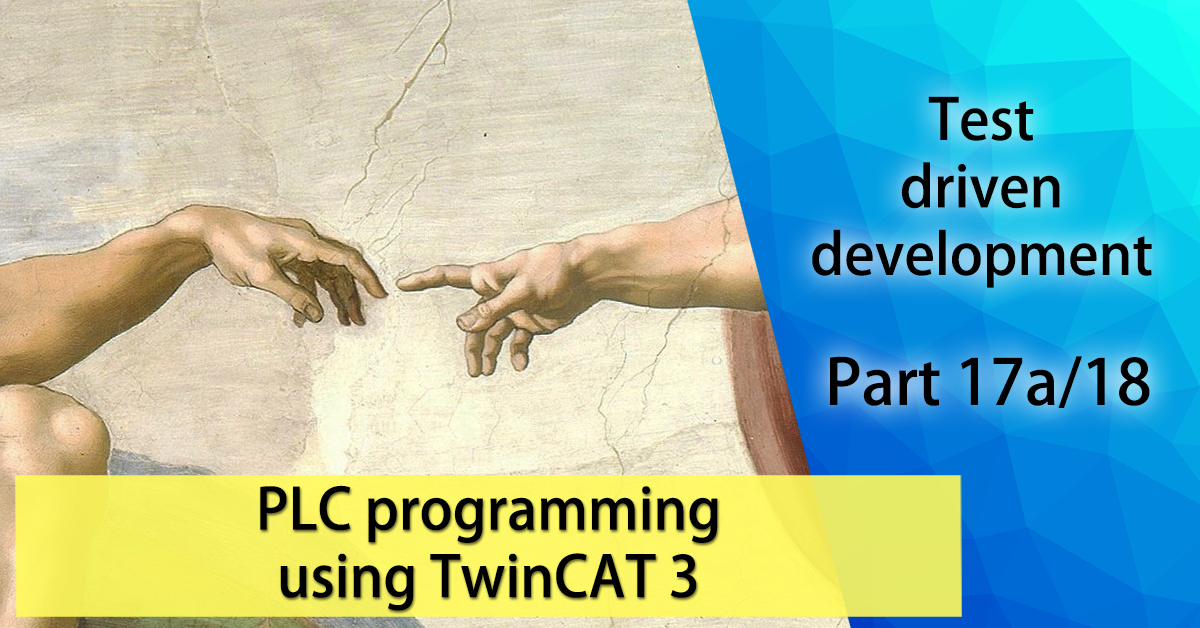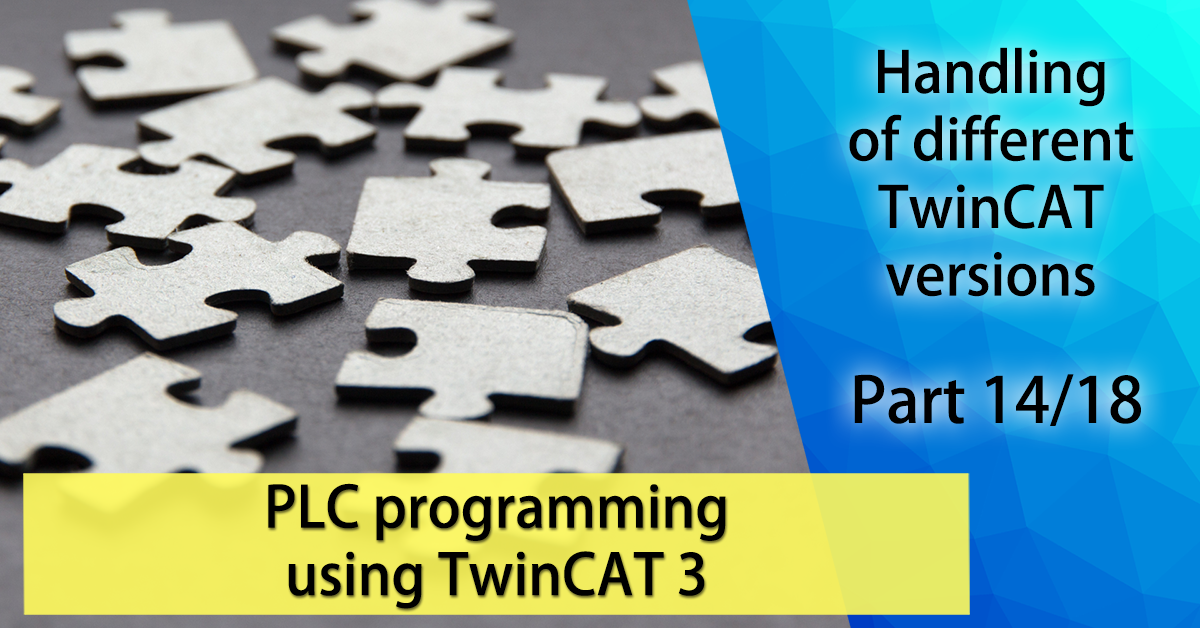Dear existing & future PLC software developers, I have published the last part of my free PLC programming using TwinCAT 3 tutorial.
So we’ve come to an end. For the last two years all my weekends, holidays, summer/winter vacations and basically every free-moment I’ve had, went into the creation of the free “PLC programming using TwinCAT 3” course on YouTube. It’s been the biggest hobby-project I’ve ever commited myself to, and I together with my wife would like to finish by saying a few words.








